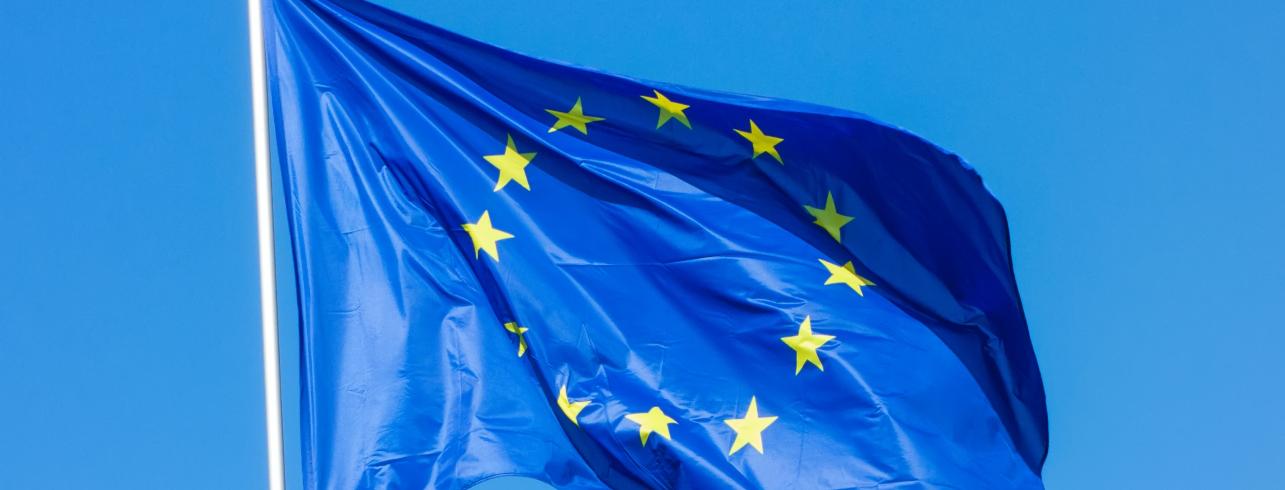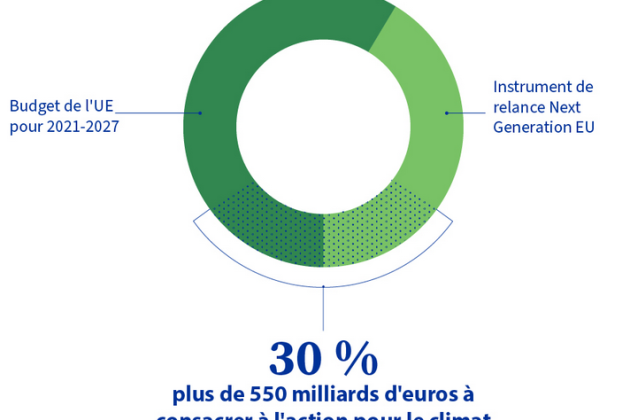
In 2023, the Commission will continue to review and update all available data, including the consolidation of existing data and the application, where possible, of a more detailed methodology.
For the period 2021-2027, the EU budget now amounts to € 578 B for climate spending, which represents 32.6% of the budget envelope. Its unprecedented recovery instrument of € 750 B Next Generation EUallows to invest in environmentally-friendly technologies, developing greener vehicles and public transport, and making our buildings and public spaces more energy-efficient.
The integration of climate into all EU policy areas is essential to meet the challenges posed by climate change. This ensures that all EU policies and actions take account of the climate emergency and contribute to the transition to a low-carbon and climate-resilient economy.
The current climate mainstreaming architecture, as set out in the Commission Staff Working Document for the period 2021-2027, includes the following elements:
- Overall 30% climate spending target: This is an overall target to devote at least 30% of EU spending to climate-related actions. This target is supported by sectoral targets that will be integrated into the relevant legislation. This ensures that EU financial resources are aligned with climate priorities.
- Integrating EU budgetary action into the policy framework of the Green Pact for Europe: This involves adopting strategies such as the Biodiversity Strategy and the Farm to Table Strategy. These strategies will have an impact on the way programmes are designed, ensuring that they contribute to the objectives of the Green Pact, particularly in the fight against climate change.
- Strengthening the climate-responsiveness of programmes and initiatives funded by the EU budget: Even programmes that are not directly linked to the climate challenge must strengthen their climate-responsiveness and apply the "do no harm" principle. This means that they must contribute to reducing greenhouse gas emissions and adapting to the effects of climate change, and avoid making the climate situation worse.
- Climate Adjustment Mechanism: This mechanism allows the Commission to take compensatory measures to make up for any shortfall in meeting the climate spending targets of the various EU spending programmes. It ensures that the shortfall in climate spending is made up, either within the same programme in subsequent years, or through other programmes. This ensures that the overall target of 30% climate spending for the EU budget can be achieved as planned.
These elements of the climate mainstreaming architecture for the period 2021-2027 reflect the EU's commitment to align its spending with climate priorities and to strengthen climate mainstreaming in all policy areas. This will ensure that EU policies are more coherent and effective in tackling the climate challenge.
of total EU spending is earmarked for climate-related projects, in order to align spending under the MFF and Newt Generation EU with:
- the EU's 2050 climate neutrality objective
- the EU's 2030 climate objectives
- the Paris Agreement

